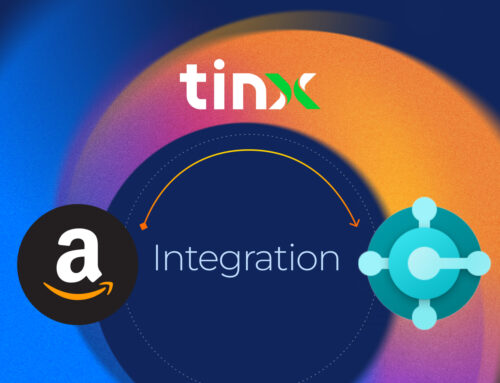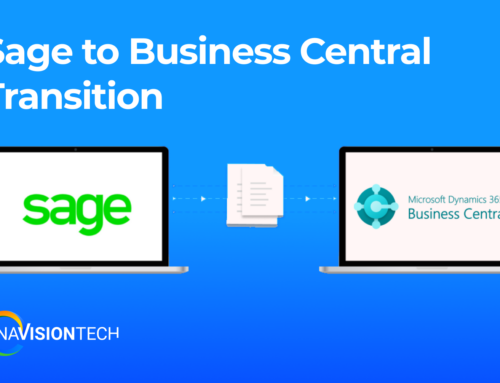How Business Central Dimensions Boost Financial Productivity
Microsoft Dynamics 365 Business Central offers a wide range of features to enhance financial management, and one of the most powerful is Dimensions. By using Dimensions, businesses can clarify their financial reporting, improve analysis, and make more informed decisions, all of which boost finance productivity.
In this blog, we will explore how Dimensions work and why they are crucial for increasing efficiency in your finance department.
What Are Dimensions in Business Central?
Dimensions in Business Central are categories that allow you to add context to your financial data. They act as tags that you can apply to various transactions, such as sales, purchases, or expenses. These tags help you break down and categorize data without having to create multiple accounts in your chart of accounts.
For example, you can use Dimensions to track:
- Departments (Sales, Marketing, HR)
- Regions (North America, Europe, Asia)
- Projects (Project A, Project B, Project C)
Why Dimensions Are a Game-Changer for Finance Teams
Using Dimensions streamlines financial processes by reducing the need for complex account structures. Instead of creating numerous accounts for every department or project, you can use Dimensions to organize your data more flexibly. This simplifies the financial system, making it easier for finance teams to maintain accurate records.
Additionally, Dimensions allow for detailed and insightful reporting, giving businesses a clearer understanding of financial performance across different segments.
How Business Central Dimensions Increase Finance Productivity
-
Streamlined Data Entry
With Dimensions, data entry becomes faster and more efficient. Rather than spending time manually assigning transactions to specific accounts, you can use predefined Dimension values. This reduces the risk of errors and ensures consistent categorization of transactions across the business.
-
Improved Financial Reporting
Dimensions give you the ability to generate more precise and insightful reports. You can filter financial data based on the Dimension values assigned to each transaction, providing a clearer picture of the business’s performance in different areas. This means you can quickly analyze how each department, region, or project is contributing to the overall financial health of your company.
-
Better Budget Control
Another key benefit of Dimensions is the ability to set and track budgets by Dimension values. For instance, if you want to monitor the spending for a particular department, you can easily create a report that shows actual vs. budgeted expenses by department. This allows for more effective budget control and resource allocation.
-
Enhanced Decision-Making
Having detailed financial data at your fingertips allows for better decision-making. Managers and executives can use Dimensions to see the impact of specific areas on the company’s financials. Whether it’s understanding the profitability of a particular project or identifying cost-saving opportunities within a department, Dimensions provides the insights needed to make informed decisions.
-
Greater Flexibility and Customization






Leave A Comment